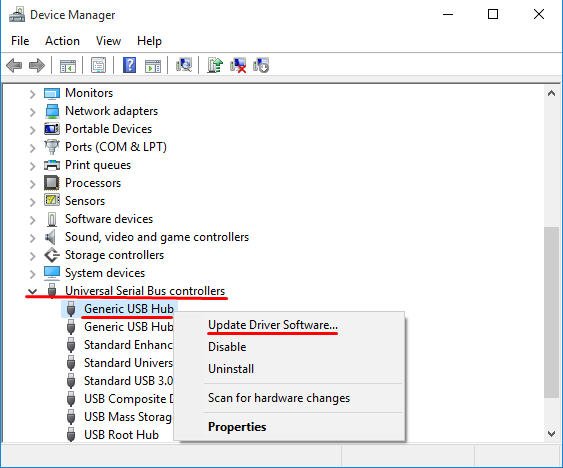


Select the "MS-DOS (FAT)" option if you wish to make the drive compatible with Windows operating systems and give it a volume name. Click that icon and select the "Erase" tab on the main window. Your flash drive should be in the list showing a white drive icon.

Mac OS X users can format a flash disk by loading the "Disk Utility" program located in the Utilities folder that is inside the Applications folder. You should end up with a clean flash disk that is ready to accept more files. Click the "Start" button on the dialog and wait for the device to fully format. You can leave the "Quick Format" option unchecked to make sure everything is deleted without errors and doesn't take too much time to begin with. Right-click on the device you wish to format and select "Format".Ī dialog should open up showing several options leave all the options alone unless you want to change the volume label. This is usually assigned to the last drive letter and may show multiple drives if multiple devices are plugged in. Open up your "My Computer" (or "Computer" in Vista) from the Start Menu and look for the drive that has a "Removable Disk" icon. If you plan to put these files back after formatting, organize the folder structure so you can better manage your disk next time you have disk space issues. Here are the basic steps in reformatting your USB flash drive:įormatting your USB flash disk doesn't leave any files behind so make sure you copy your most important files to a temporary location. To format the partition, type format fs=ntfs quick, and then click ENTER.The advantages of doing this is that your flash drive is wiped completely clean, removing all files regardless of their attributes (including hidden files). To select the partition that you just created, type select partition 1, and then click ENTER. To create a new primary partition on the USB flash drive, type create partition primary, and then click ENTER. This command deletes all data from the USB flash drive. Note the drive number or drive letter of the USB flash drive.Īt the command prompt, type select disk, where X is the drive number or drive letter of the USB flash drive, and then click ENTER. The list disk command displays all the disks on the computer. In the new command line window that opens, to determine the USB flash drive number or drive letter, at the command prompt, type list disk, and then click ENTER. Open a Command Prompt window as an administrator. Insert a USB flash drive into a running computer. Restore or repair your server running Windows Server Essentials Restore a full system from an existing client computer backup To create a bootable USB flash drive for use in recovering or reinstalling Windows on a PC instead of a server, see Create a recovery drive.įor additional scenarios in which you may want to create or use a bootable USB flash drive, see the following topics:


 0 kommentar(er)
0 kommentar(er)
